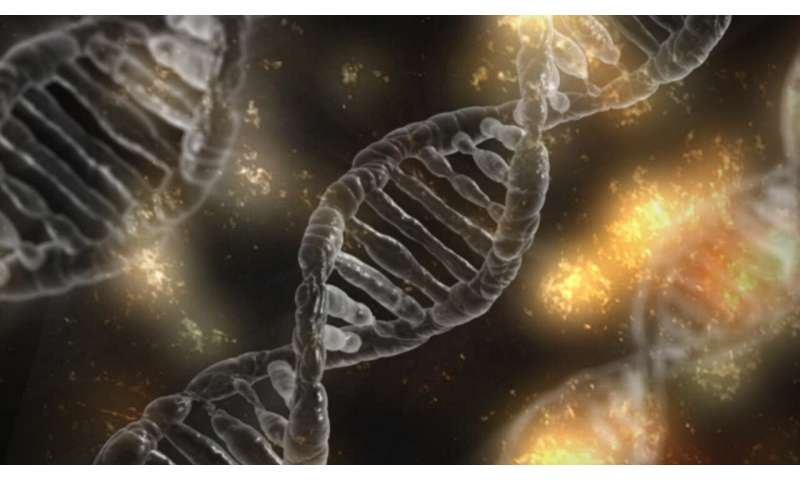
A research team from Genethon, in collaboration with teams from CNRS/Inserm and from the biotechnology company Spark Therapeutics, announced today in Nature Medicine that it has succeeded in inhibiting the immune response induced by AAV antibodies present as a result of natural immunity or following gene therapy, thanks to the IdeS enzyme. This result opens up new therapeutic prospects and the possibility of treating more patients.
Gene therapy consists of injecting a therapeutic gene into an organism using a vector, a “means of transport” able to cross all biological barriers through the cell and into the nucleus. The most commonly used vectors are derived from viruses, such as AAVs (adeno-associated viruses), used particularly in gene therapy targeting the muscles, liver, eyes, etc. In many cases, once it comes into contact with this virus, the body develops immunoglobulins (IgG) known to be neutralizing, i.e. specific antibodies that inhibit AAVs. It is considered that between 30% and 50% of humans are naturally immunized against most AAVs used for therapeutic purposes. As a result, a large number of patients cannot currently benefit from AAV gene therapy. Moreover, a first injection of an AAV leads to an immune response against the vector, precluding any subsequent AAV gene therapy.
Overcoming this impediment is an essential factor in treating the maximum number of patients. Therefore, the teams lead by Giuseppe Ronzitti, a Genethon researcher, Sébastien Lacroix-Desmazes, a CNRS-Inserm researcher, and Federico Mingozzi from the biotechnology company Spark Therapeutics, have used animal models to test the efficacy of the IdeS enzyme, an endopeptidase that naturally reduces the action of antibodies, in order to neutralize the immune response due to IgG immunoglobulins.
The study was carried out in two steps: Researchers injected the IdeS enzyme into subjects with neutralizing anti-AAV IgG before injecting the gene therapy vector of the same serotype and then observed that the IdeS treatment neutralized the action of the antibodies. This first step provided proof of the efficacy of this approach for subjects with natural immunity.
Then, the teams tested this approach with a view to the possible reinjection of gene therapy drugs. So, they administered a first dose of AAV vector, then a second dose after injection of IdeS. They observed that IdeS, by reducing the level of circulating antibodies, allowed the re-administration of the vector.
These two studies demonstrate that treatment with IdeS allows repeated administration of AAV gene therapy. This is a significant and promising step forward in the treatment of rare genetic diseases because, if the efficacy of this technique is confirmed in humans, it will make it possible to treat patients at the first signs of the disease and to re-inject a gene therapy product if necessary.
“These studies should enable us to test this innovative approach in humans and thus, in the long term, to give AAV-positive patients the possibility of benefiting from gene therapy, despite the presence of antibodies. This could also make it possible to treat patients as soon as the first symptoms of the disease appear (affecting the liver, for example) and, if necessary, to re-administer the gene therapy treatment in an effective manner,” stresses Christian Leborgne, research engineer at Genethon.
Source: Read Full Article
